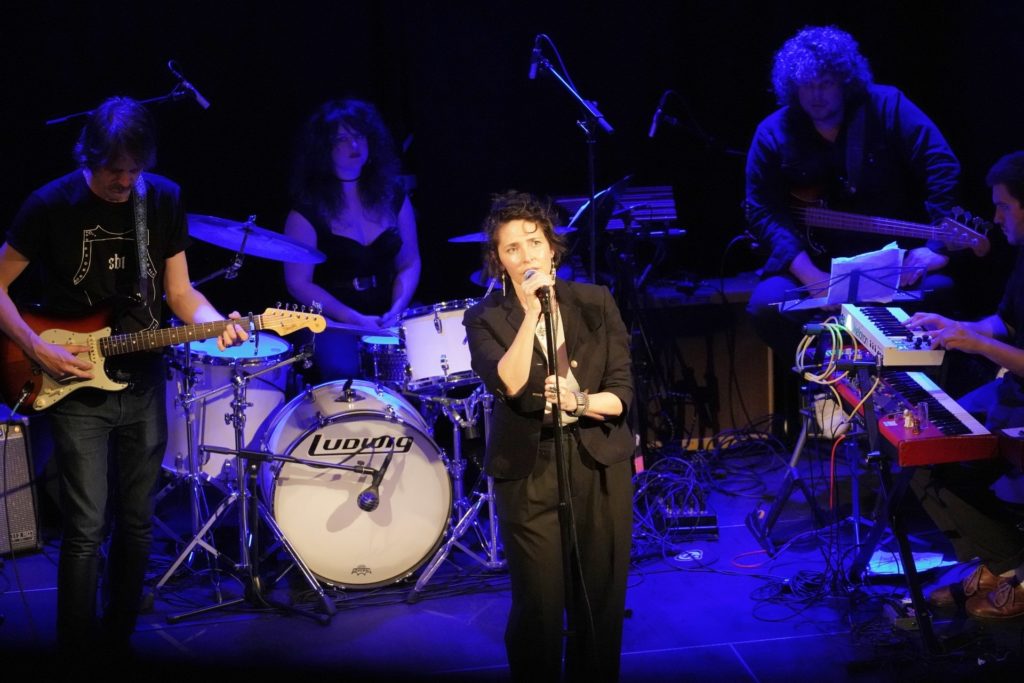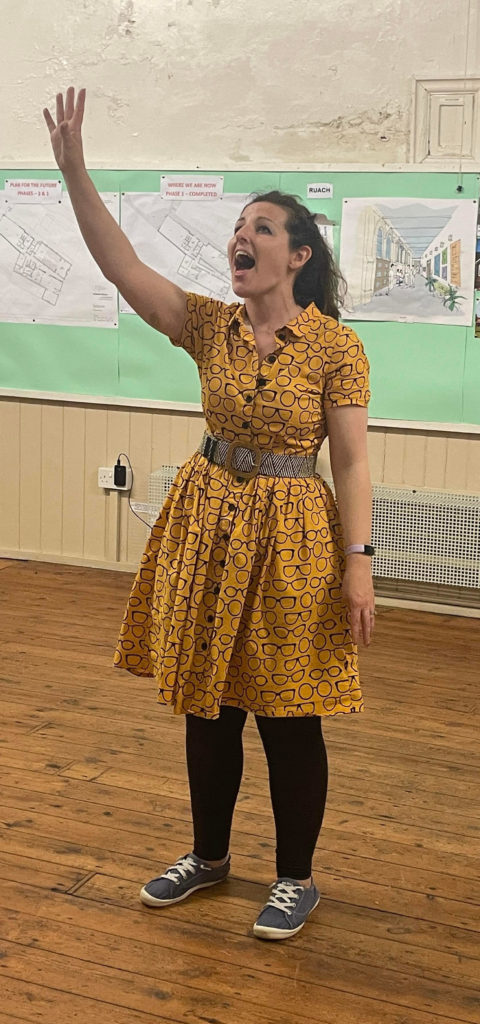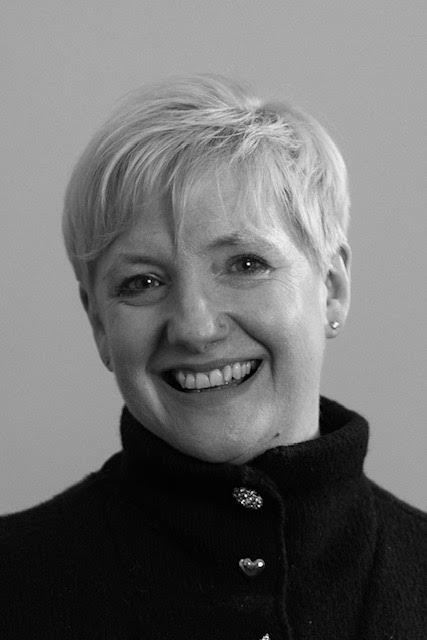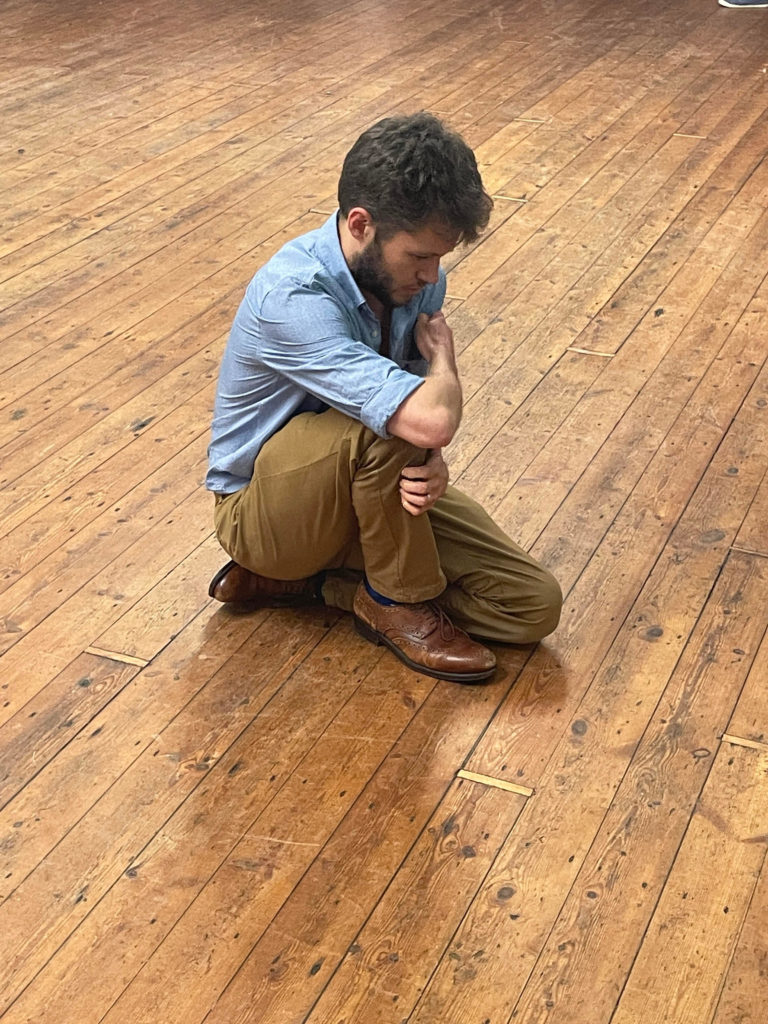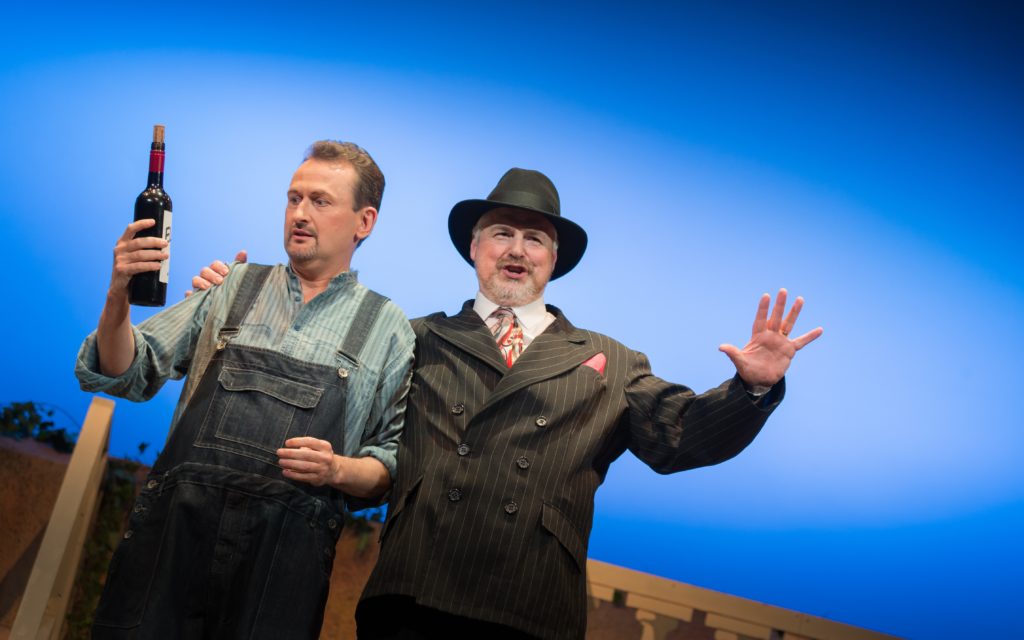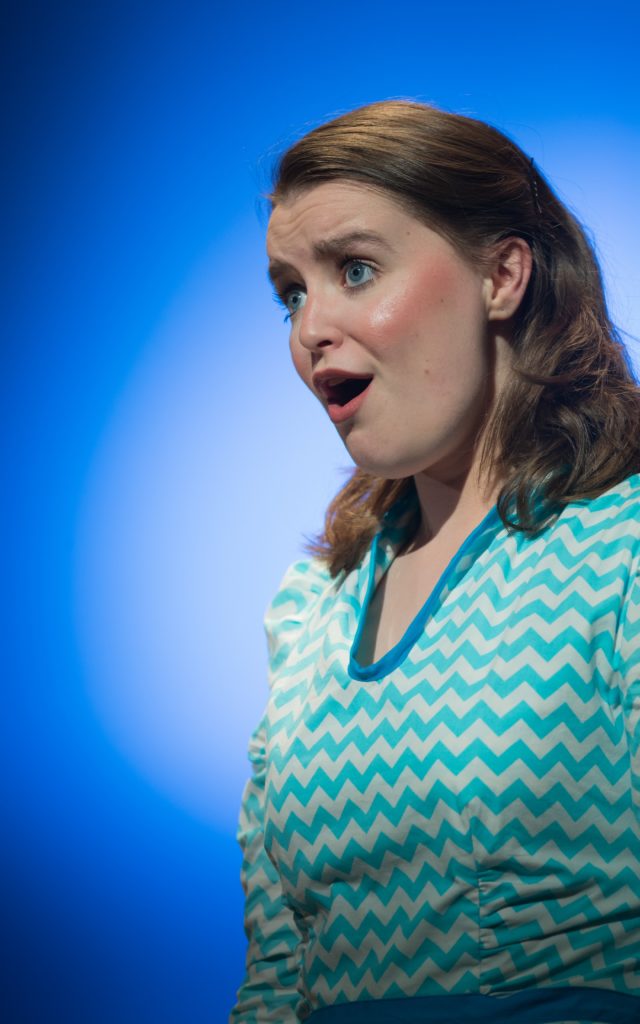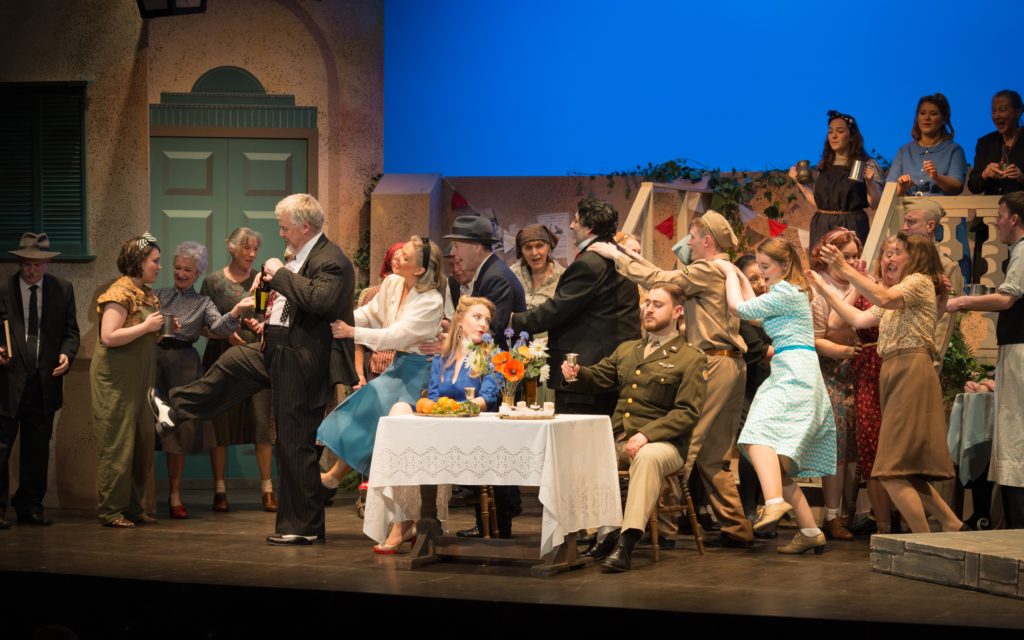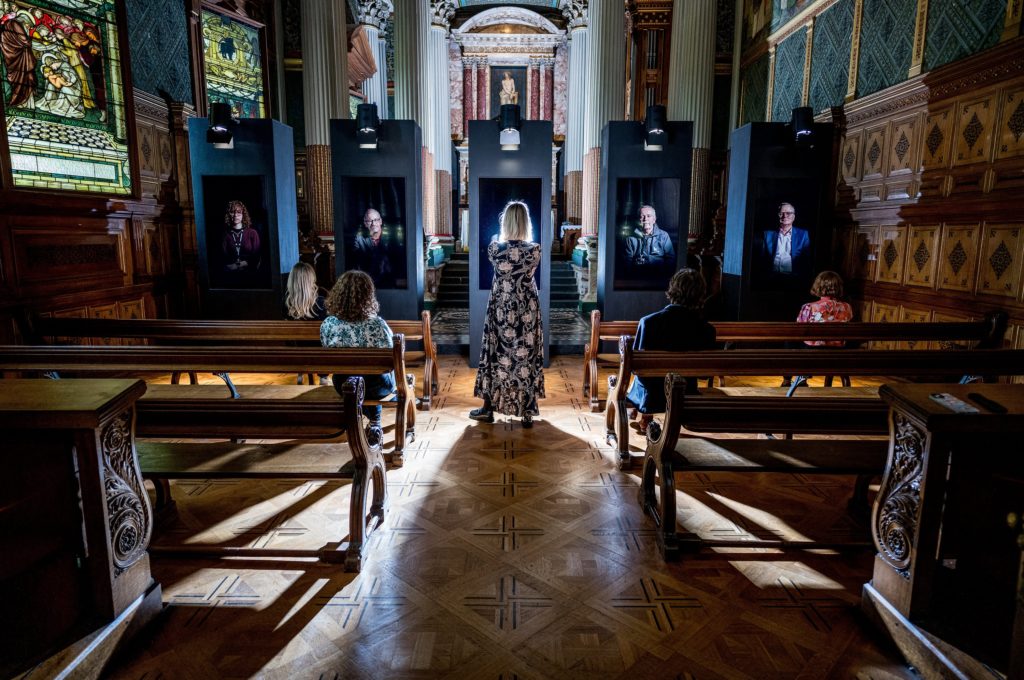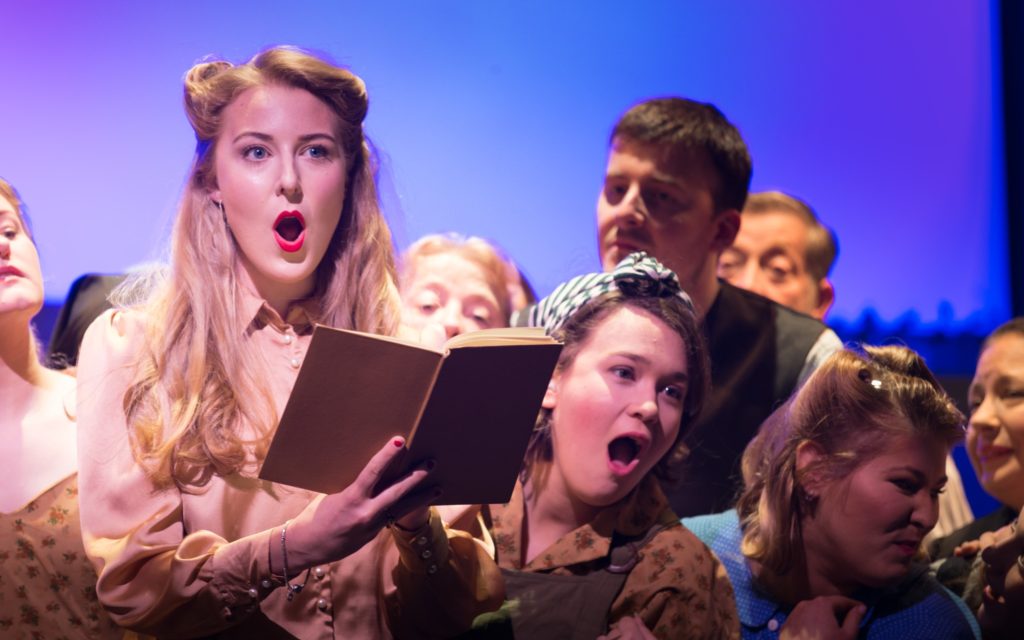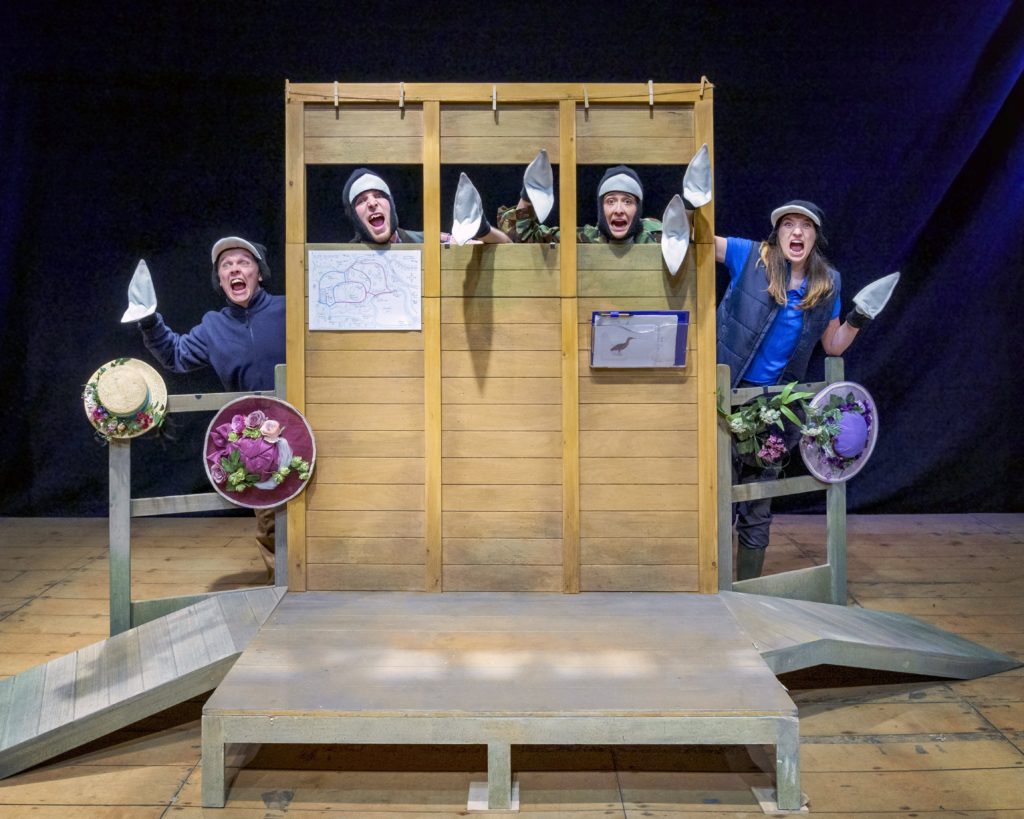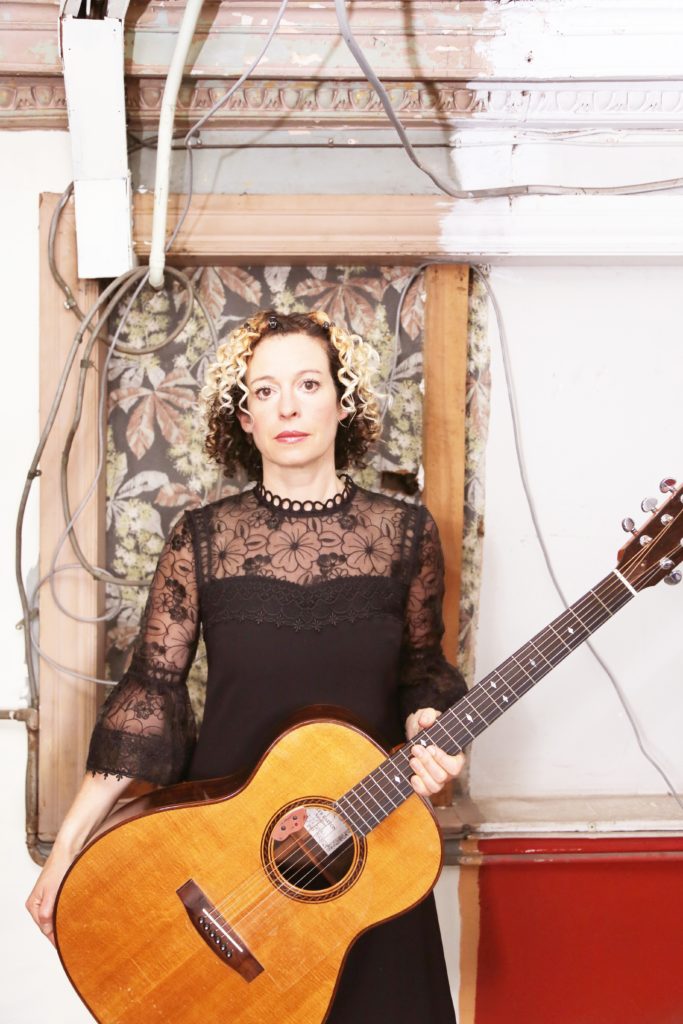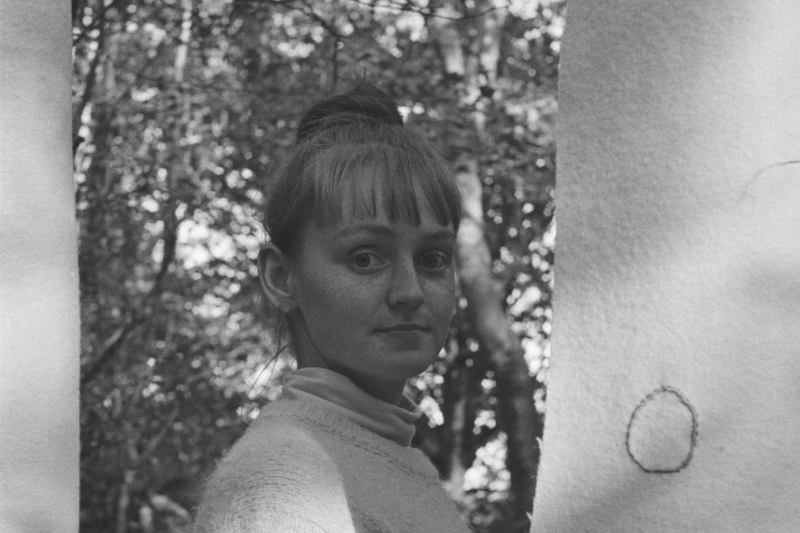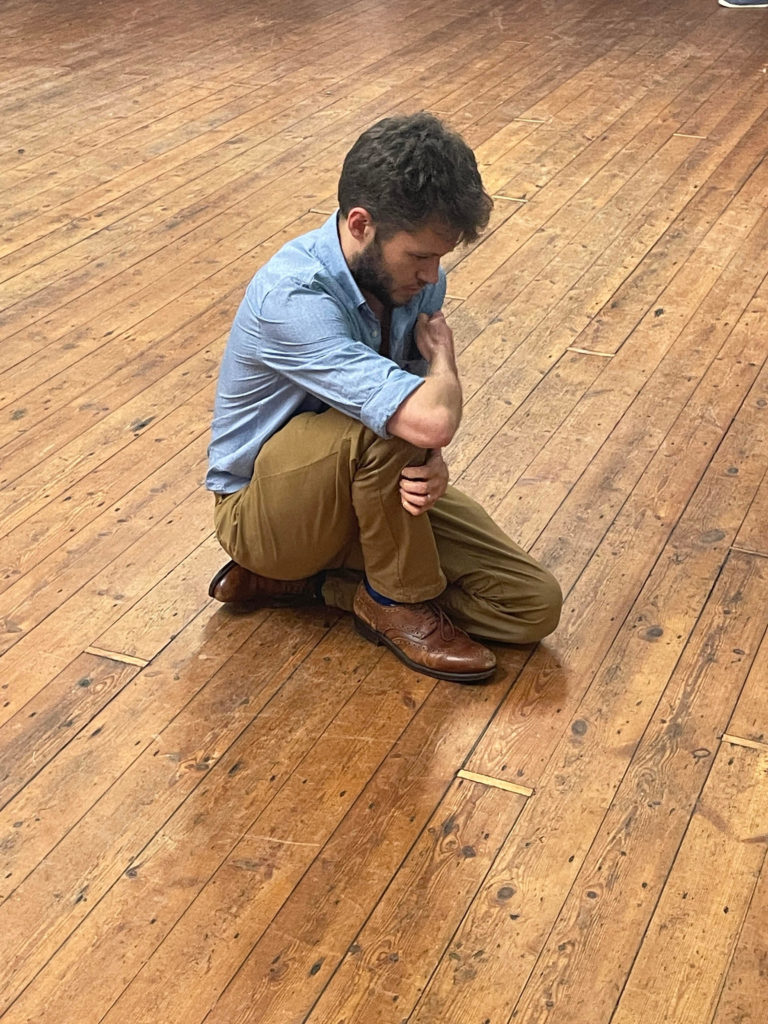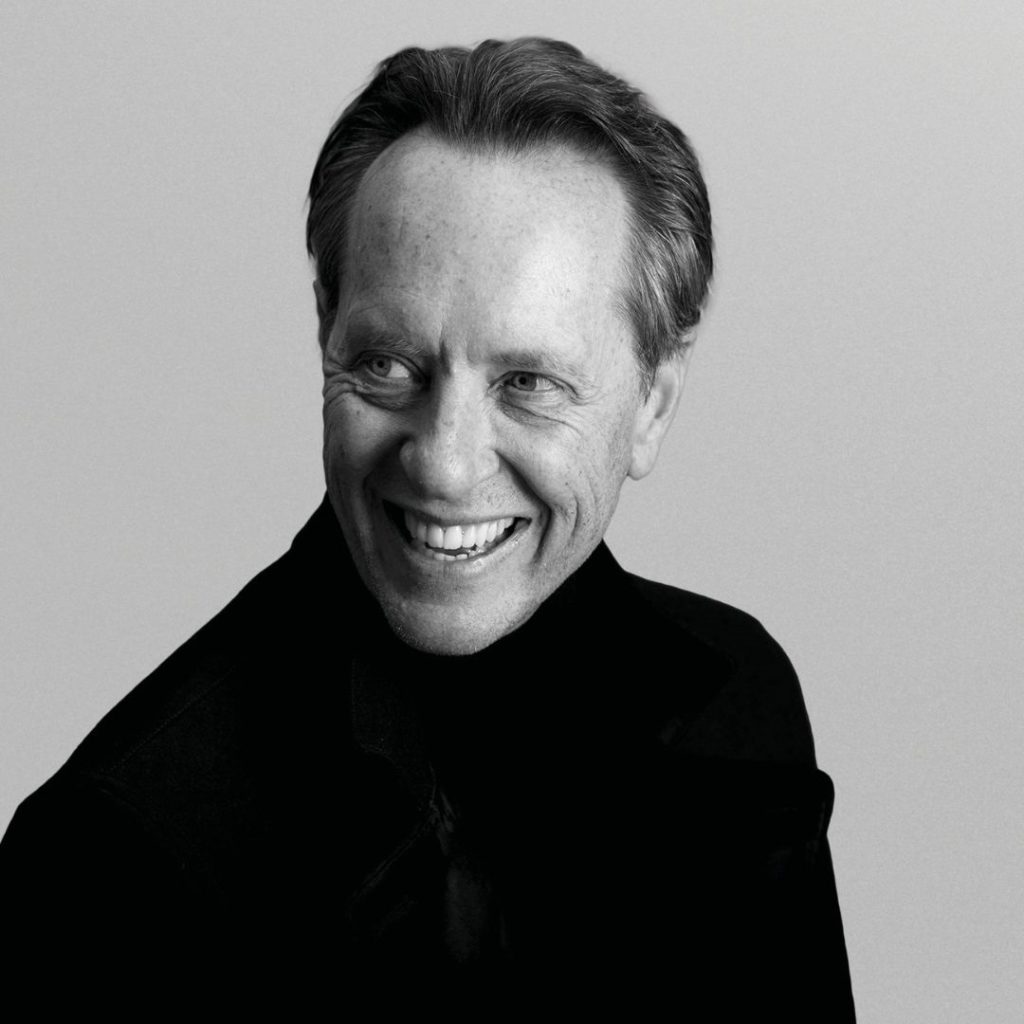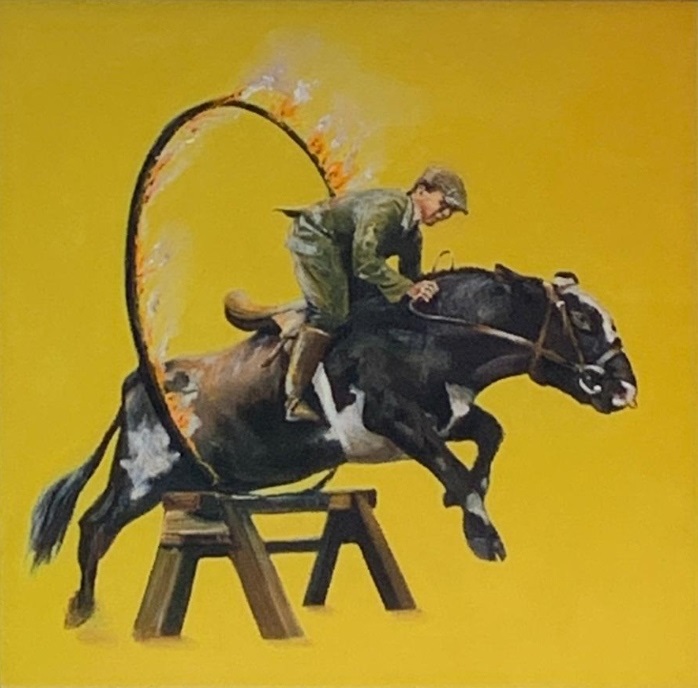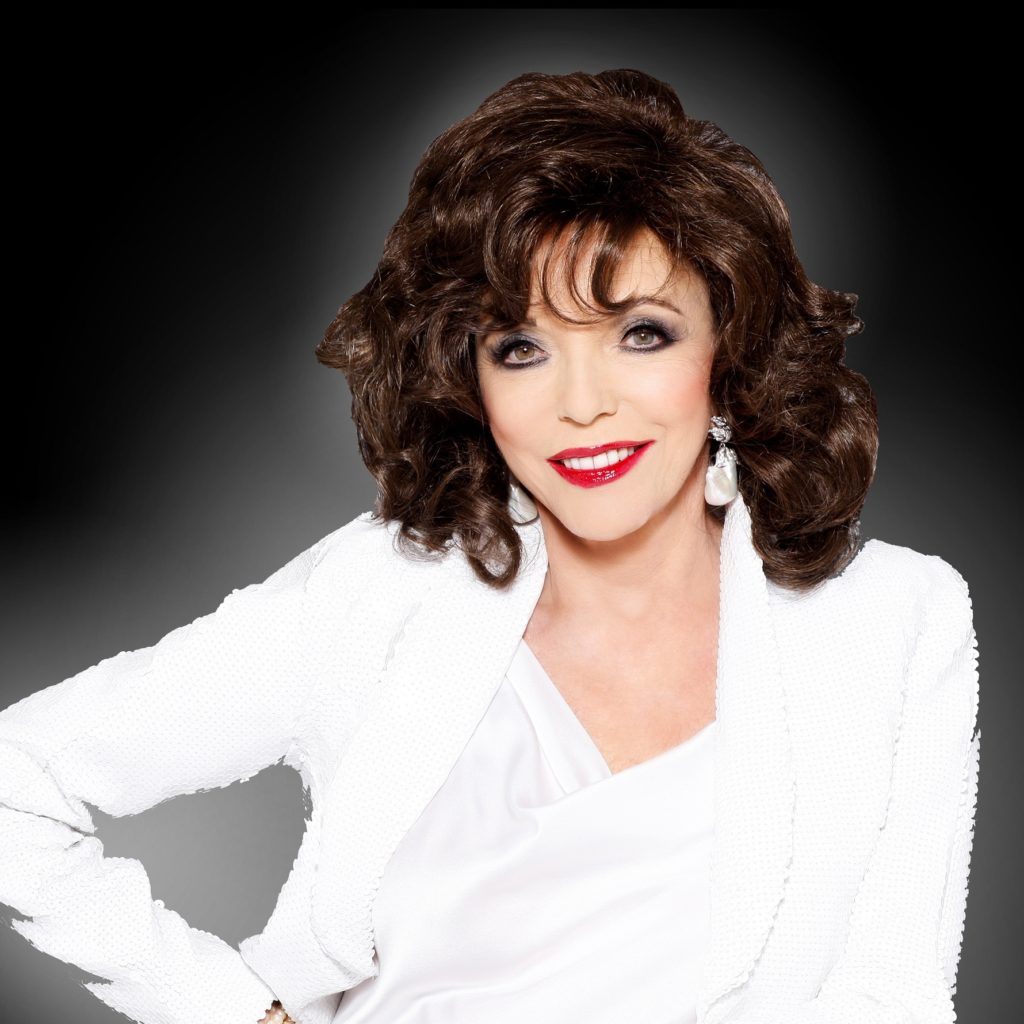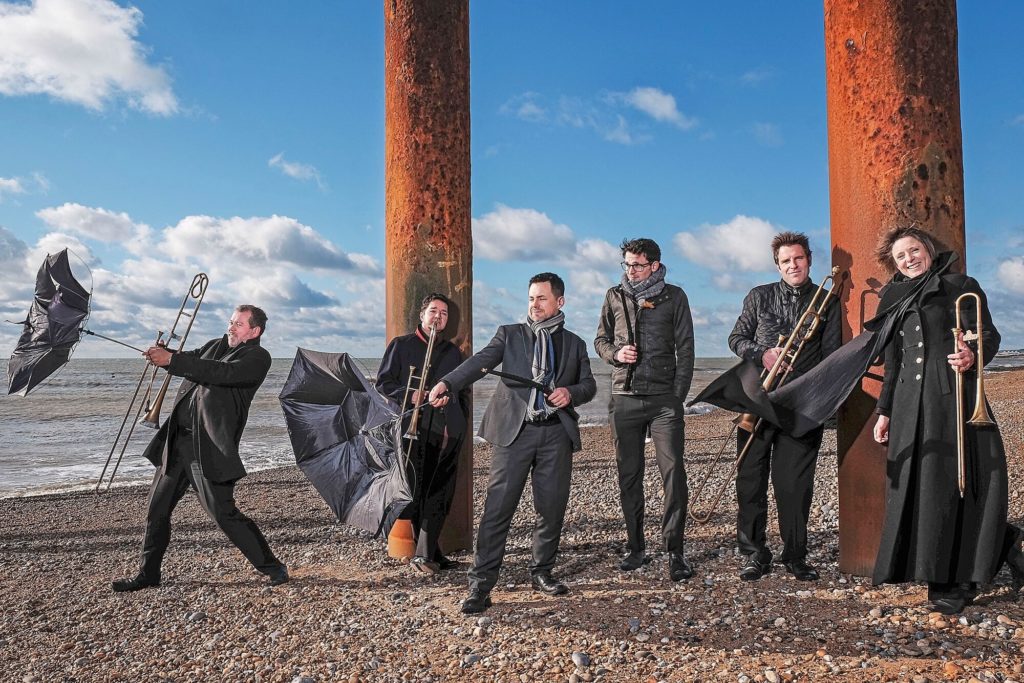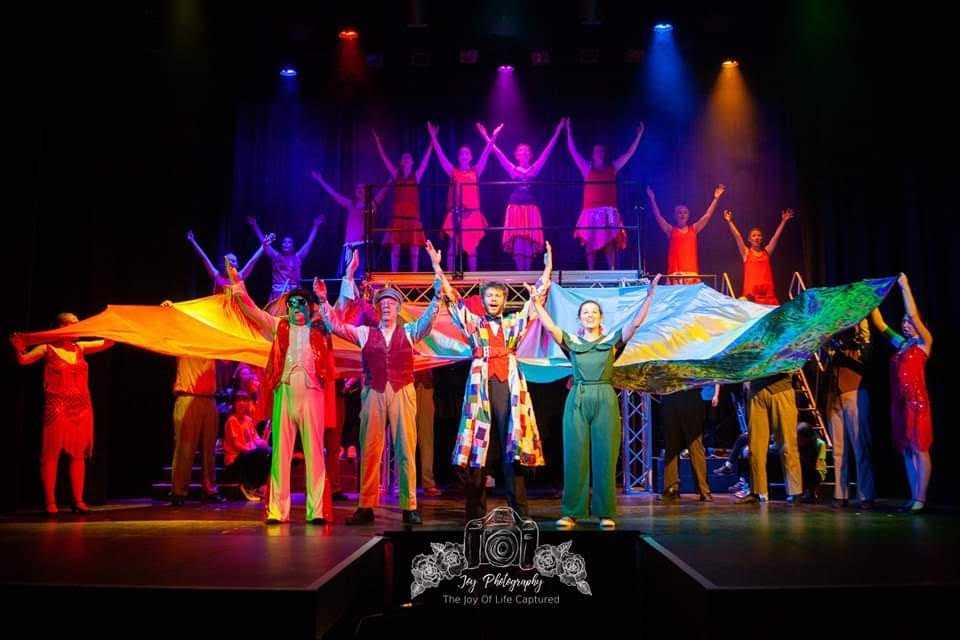
COLET Court School in London has its place in British musical theatre history.
It was at this Barnes prep school that Andrew Lloyd Webber and Tim Rice – whatever became of them? – first staged Joseph And The Amazing Technicolor Dreamcoat, performed by the school choir as a 15-minute pop cantata.
The original West End production opened in February 1973 at the Albery Theatre; the soundtrack LP followed in 1976, and many a revival and tour since then. Jason Donovan, Donny Osmond, Phillip Schofield, Joe McElderry, Gareth Gates, Steps’ Ian H Watkins and Lee Mead have all donned that famous coat on the London stage.
Some things change – Colet Court School became St Paul’s Juniors in 2016 – but some things don’t. School choirs (from Knavesmire Primary and Wiggington Primary Singstars) still feature in York Musical Theatre Company’s Joseph.
This week’s run is selling well, very well. No change there. Go, go, go, Joseph ticket seekers; there’s not a second to be wasted. Saturday’s matinee has sold out and only the last few tickets are available for the evening performances.

One significant change to report in this 50th anniversary production: Songs still refer to Egypt, but director-choreographer Kathryn Addison has switched the setting to the Yorkshire farming community of the 1920s/1930s with a “Peaky Blinders vibe” to Joseph’s brothers. “They were a nasty bunch,” she reasons, as waistcoats and caps flatter than Yorkshire vowels adorn the stage.
Antony Gardner’s Pharaoh is still the expanding Elvis Presley of the Las Vegas rhinestone years, albeit more of an Elvis tribute act on the Scarbrough sea front, where he rules the roost from his casino.
Always in shades, but never one for the shadows, his Song Of The King is a gloriously daft Presley pastiche, thank you very much, typical of the joy that percolates through Lloyd Webber’s plethora of musical magpie styles and Rice’s witty, storytelling lyrics.
Egypt, Yorkshire, wherever! Lloyd Webber and Rice take in Parisian chanson for Those Canaan Days, sung with a wonderfully exaggerated French cabaret accent by Anthony Pengelly, who also makes his mark as Potiphar, lounging like Jacob Rees-Mogg in the House of Commons. Later they veer wildly to the Caribbean for Adam Gill’s Benjamin Calypso (a kind of forerunner of 10CC’s reggae chart topper Dreadlock Holiday).

Any other changes? Joseph, son of Jacob (Rob Davies), is one of ten, rather 12 brothers, two of them strictly sisters as they are played by Lauren Charlton-Mathews and Rachel Higgs but credited as brothers and looking the part in their Great Yorkshire Show farming gear.
The leads are new to York Musical Theatre Company but not new to the musical theatre scene: husband and wife Jonathan Wells and Jennie Wogan-Wells, living their dream theatrical life in their dream roles as Joseph and the Narrator respectively.
The bearded Wells looks more like the Bee Gees of the Saturday Night Fever Seventies era all in white, later adding shades and a red waistcoat, rather than stripping down in Joseph and his amazing bare chest tradition.
He has the toothpaste smile, the twinkle in the eye, the handsome swagger, for the Dreamcoat dreamboat, and he sings with warmth and boy band appeal, if a little diffidently in his first rendition of Close Every Door. Go, go, go, for it, Joseph! Don’t hold the drama in check!
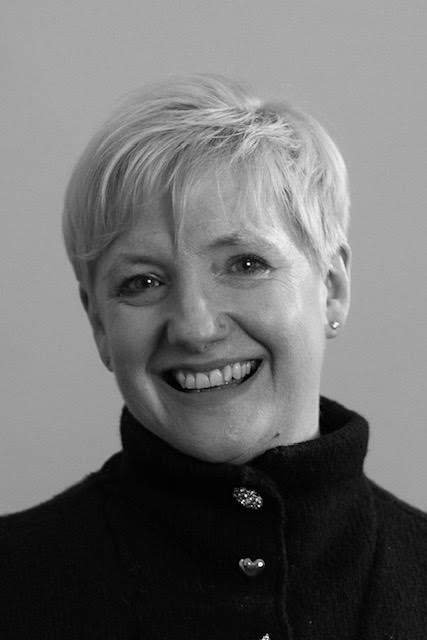
Since childhood days of listening to the soundtrack LP, Knavesmire Primary teacher Wogan-Wells has craved playing the Narrator. Aside from opening the show on her laptop, with pupils on screen on Zoom, this is not an Are You Sitting Comfortably, Then I’ll Begin narrator. She is on her feet, dancing, singing, even fitting in a cameo as Mrs Potiphar, and no-one sings more through this sung-through musical than her. Her singing is top notch throughout, full of personality and power.
The set is a familiar construction: a scaffolding edifice with a mezzanine level and stairways either side, populated by the young choir, the rest left empty to accumulate the ensemble work of the 23-strong adult cast.
Musical director John Atkin has fun with Lloyd Webber’s chameleon ability for constant change, from ballad to pop anthem and more besides. Director Kathryn Addison has even more fun, sheep puppets, megamix finale and all. Rehearsals were a delight, and it shows in this radiant show, one that captures the innocence of Lloyd Webber and Rice’s bygone days and puts summer rather than a spring in your step.
Now, go, go, go for those last few tickets before they’re gone, gone, gone.
Joseph And The Amazing Technicolor Dreamcoat, York Musical Theatre Company, Joseph Rowntree Theatre, York. Performances at 7.30pm tonight and tomorrow; 2.30pm and 7.30pm on Saturday. Box office: 01904 501935 or josephrowntreetheatre.co.uk.



